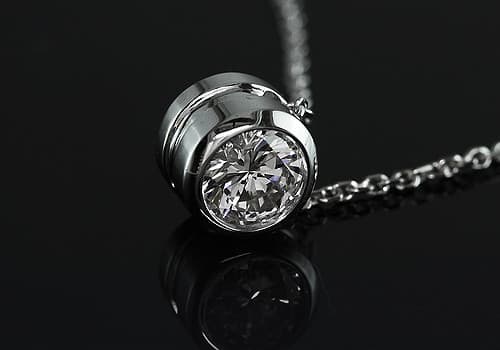Diamond Specialist Certification Course
Diamond Cut Grading, Part 1
Why Learn Traditional Diamond Cut Grading Methods?
In 2005, the Gemological Institute of America (GIA) released a new, modern method for evaluating diamond cuts. However, beginning gemologists should learn traditional diamond cut grading for two reasons.
- You’ll likely come across grading reports that utilize older methods. They’ve been used on thousands of reports that will be around for many years to come.
- Learning traditional diamond cut grading will show you how to evaluate cuts by eye. When you examine diamonds away from your shop, you’ll need something to fall back on.
The Ideal Cut (May Not be Ideal)
Of the Four Cs of gem grading, cut ranks as the most important for diamonds. The cut (or make) determines why one diamond features spectacular fountains of light, while another looks lifeless and dull. You’ll find volumes and volumes written about cut. That’s a shame. In truth, the principles involved are really quite simple, as are traditional diamond cut grading techniques.
The essential problem of evaluating the cut revolves around determining the ideal cut for a diamond. Today, most experts agree, within a small range, on what an ideal cut is. The…
Donald Clark, CSM IMG
Never Stop Learning
When you join the IGS community, you get trusted diamond & gemstone information when you need it.
Get Gemology Insights
Get started with the International Gem Society’s free guide to gemstone identification. Join our weekly newsletter & get a free copy of the Gem ID Checklist!
